At least 30 people have died following torrential rains that hit Kinshasa over the weekend, submerging homes, crippling major roads, and laying bare the fragile infrastructure of one of Africa’s largest cities.
The flooding began late Friday and continued through Saturday morning, unleashing destruction across several districts of the Congolese capital. Entire neighbourhoods, particularly those in low-lying and underserved areas, were engulfed by rapidly rising waters.
“There are many wounded who have been evacuated, and for now, we are in the 30s in terms of the number of dead,” said Patricien Gongo Abakazi, Kinshasa’s provincial health minister. He confirmed that most victims had either drowned or died when their homes collapsed, unable to withstand the force of the water.
Rescue teams and emergency responders worked through the weekend to reach affected communities, many of which remain isolated due to damaged roads and blocked access points. Among the major routes affected was National Road One, Kinshasa’s primary thoroughfare connecting the city centre to N’Djili International Airport. Transport was also disrupted across multiple neighbouring districts, stranding commuters and delaying relief efforts.
Kinshasa, home to approximately 17 million people, has long struggled with recurring floods. Built on the banks of the Congo River — Africa’s second-longest — the city is especially vulnerable during the rainy season. However, experts say the devastation seen in recent years points to deeper structural problems.
Rapid population growth, unregulated housing expansion, and outdated or non-existent drainage systems have turned seasonal rains into recurring disasters. In many parts of the city, informal settlements have sprung up in flood-prone zones, placing tens of thousands of residents in harm’s way with each downpour.
“This is not just a natural disaster. It is a governance issue,” said one urban planner who asked not to be named. “Kinshasa is growing, but not sustainably. Without investments in infrastructure, planning, and basic services, this will keep happening.”
The weekend flooding comes as the Democratic Republic of Congo faces multiple overlapping crises. In the east, armed conflict has displaced over a million people since the start of the year, with thousands killed in ongoing clashes. Humanitarian agencies are already stretched thin, responding to displacement, food insecurity, and disease outbreaks in conflict-affected areas.
The central government has yet to issue a full damage assessment or announce a coordinated national response to the flooding. Local officials have urged residents in high-risk zones to evacuate, though many have nowhere to go.
As the city begins to clean up and bury its dead, residents are calling for long-term solutions rather than short-term fixes.
“These tragedies will keep coming if we don’t change how our cities are built,” said a resident in the Ngaba district, one of the areas hit hardest by the floods. “We cannot keep living in fear every time it rains.”



